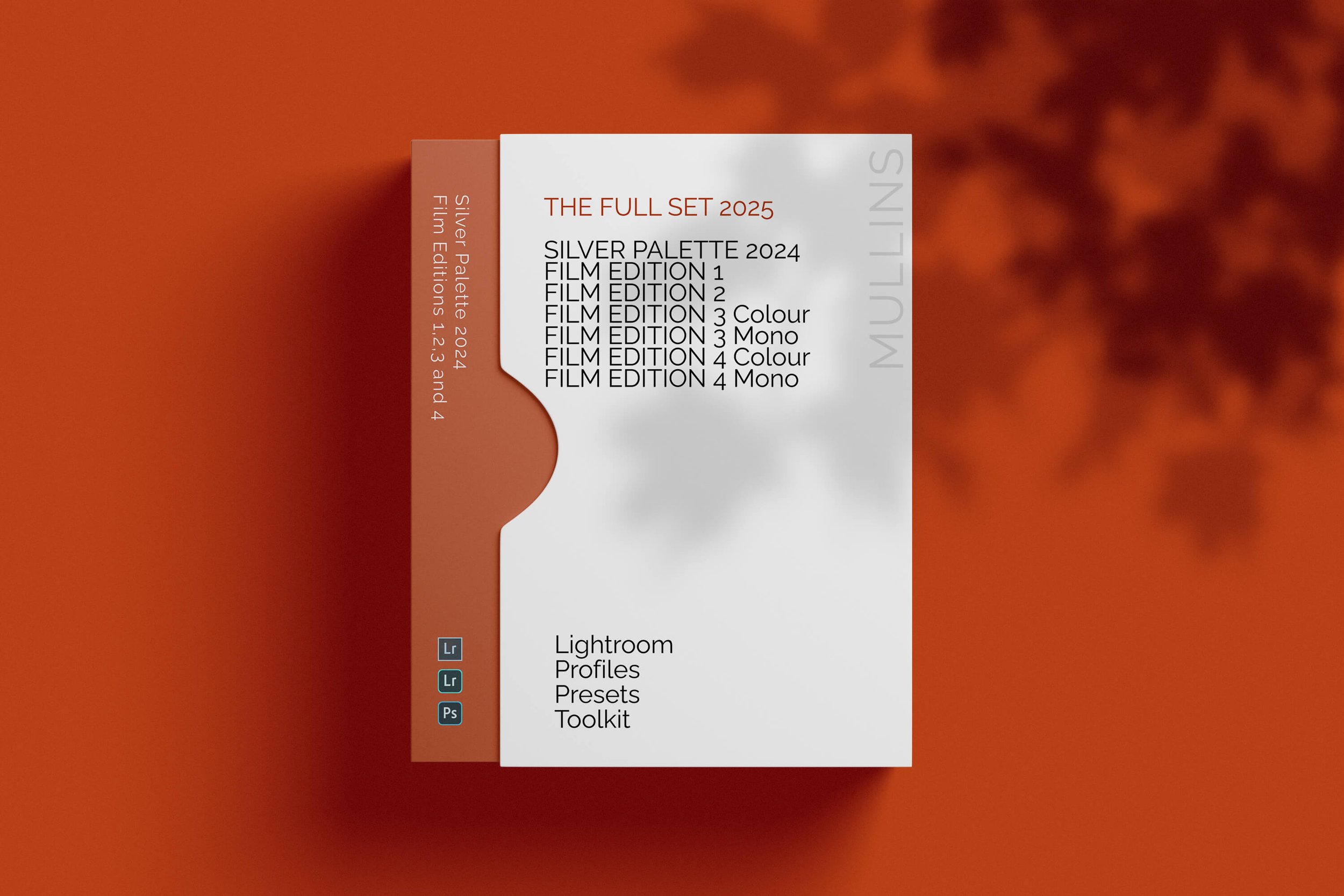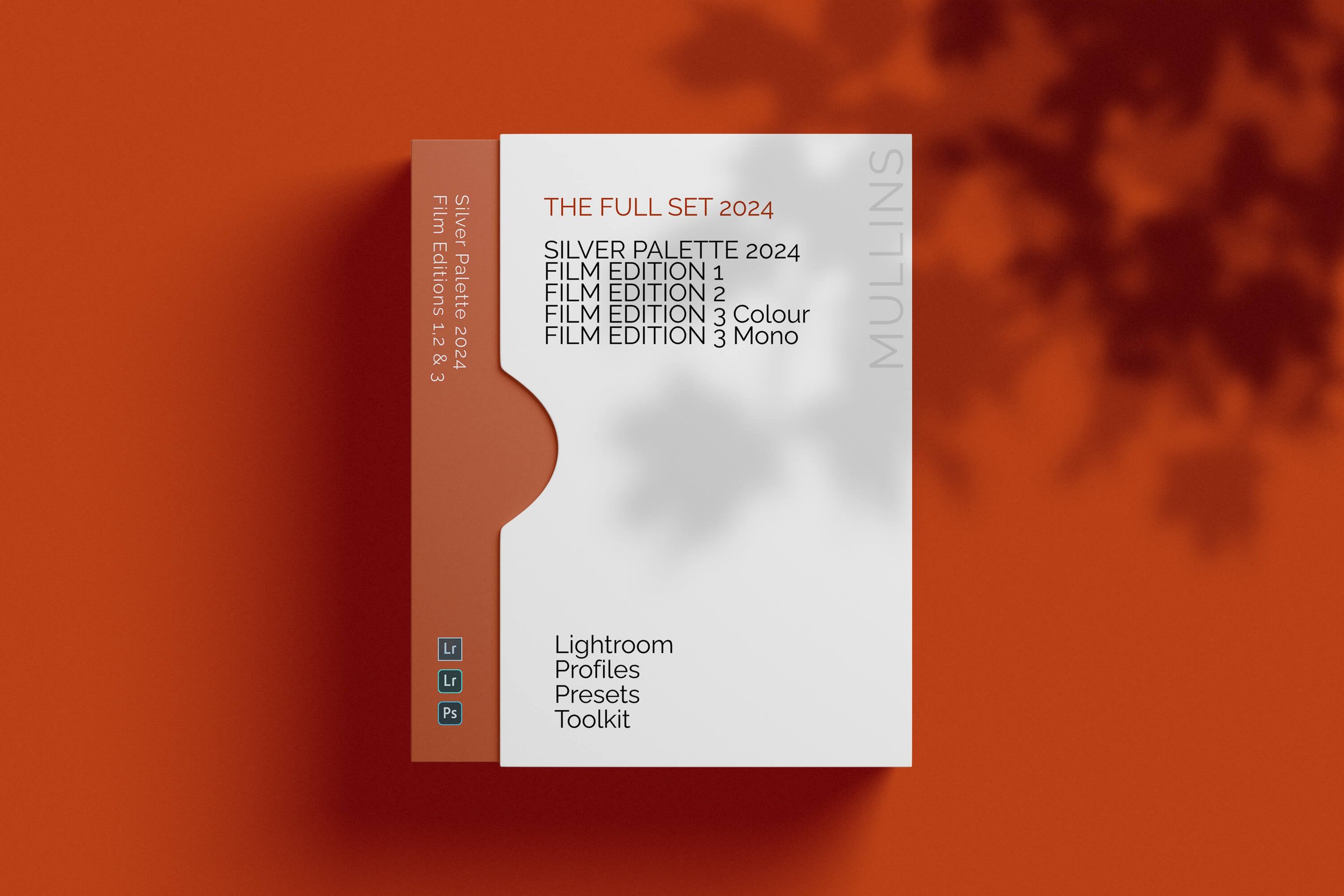Fujifilm GFX100 II Review - Low Light & Auto Focus
Sports Photography with the Fujifilm GFX100 II
Watch the Video Below for the Full Scoop:
Fujifilm GFX100 II: A Week in the Studio and the Boxing Ring
As you will see in the above video, over the past week, I’ve had the chance to use the Fujifilm GFX100 II, which I rented out of curiosity to see how it compares to the other medium-format cameras I’ve used. I’ve owned the GFX50R, then the original GFX100, and now the GFX100S, so I’ve got a bit of history with Fujifilm’s medium-format lineup. While the GFX100 II has already returned to the House of Photography, it left me with much to think about.
First, let’s address the big question: the GFX100 II has the same size 102MP sensor as the GFX100S and the original GFX100. On paper, you might think they’re nearly identical. But there’s more to it than just the sensor. The new autofocus system, face and animal detection, and the camera’s low-light performance are standout improvements.
Testing the GFX100 II: Studio and Boxing
I wanted to see how the camera performed in two very different settings:
In the studio, where the controlled environment allowed me to focus on how well face detection works for portraits. I got some beautifully clean results using my Film Edition Three Lightroom Presets, especially at the camera’s base ISO of 80. The face detection was far more reliable than the GFX100S, giving me consistent, sharp focus.
At a boxing match, I pushed the camera in a way that medium-format systems usually aren’t designed for. Shooting at high ISOs—up to 12,800—the GFX100 II did a remarkable job. Autofocus tracked faces effectively, even in the challenging lighting and fast-paced action. While it’s not a sports camera, it handled the environment surprisingly well.
A Note on the Editing of these GFX100 II Images
All images were edited with Film Edition 3 of my advanced Lightroom Presets and Profiles. For a short time, buy two packs and a get a third completely FREE.
Billie
Image Quality and Usability
The GFX100 II's RAW files are as stunning as you’d expect from a medium-format system. Noise at high ISOs was remarkable, especially with the help of Lightroom’s denoising tools, and the dynamic range is fantastic for pulling detail from shadows and highlights.
One of the more surprising features was the animal detection autofocus, which worked beautifully in the studio when I photographed Billie, Disco Dave’s dog. While I’ve often considered this feature more of a gimmick, it impressed me. For anyone doing pet photography, it’s a game-changer.
Should You Upgrade?
So, is it worth upgrading from the GFX100S? That depends. If you find the autofocus on the GFX100S limiting, particularly for face or animal detection, or if you often work in low light, the GFX100 II might be a good step up. While I was thoroughly impressed, the GFX100S still does everything I need it to.
That said, the GFX100 II is definitely going on my wish list. If you’re looking for a medium-format camera and want something with better autofocus and more versatility than ever, it’s well worth considering.






























